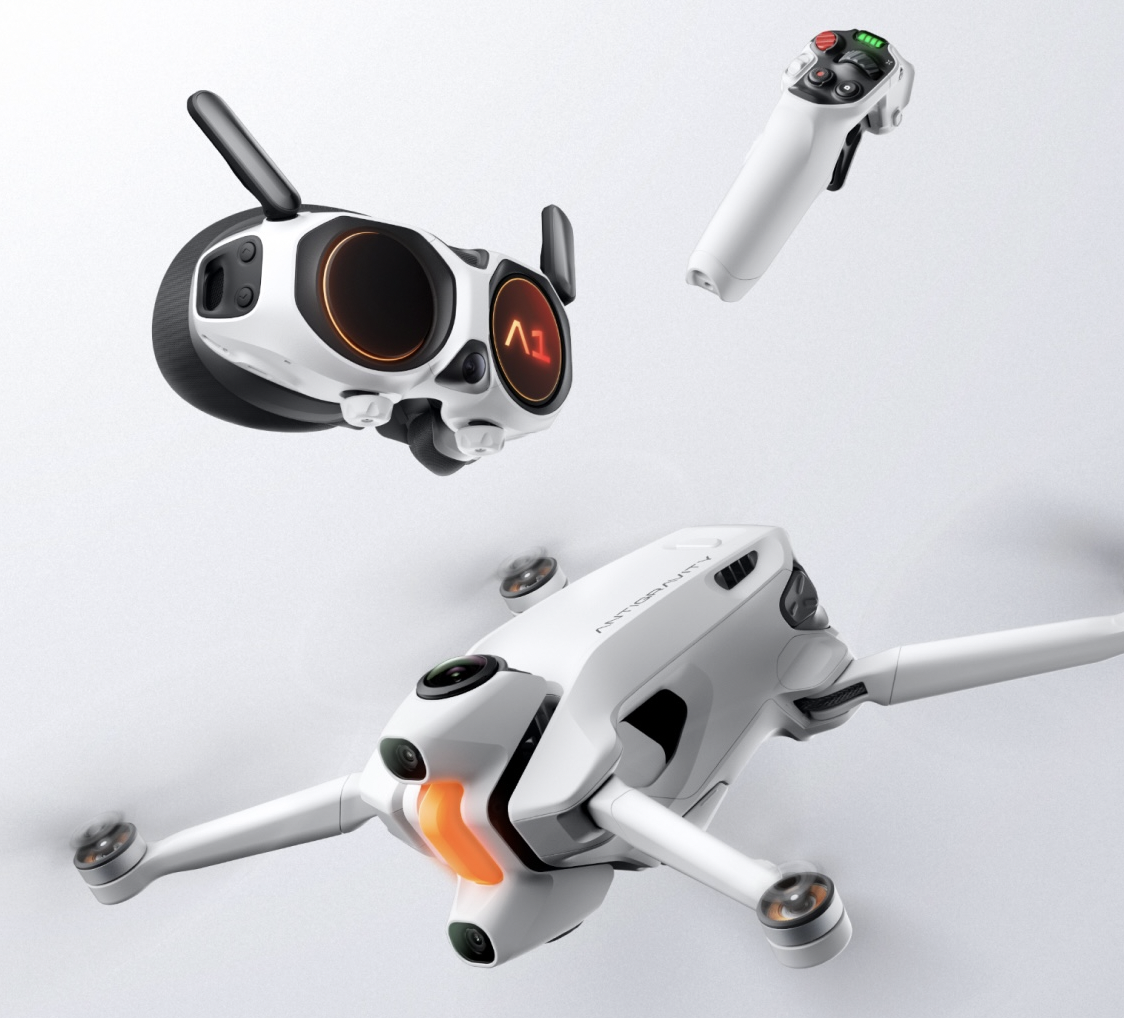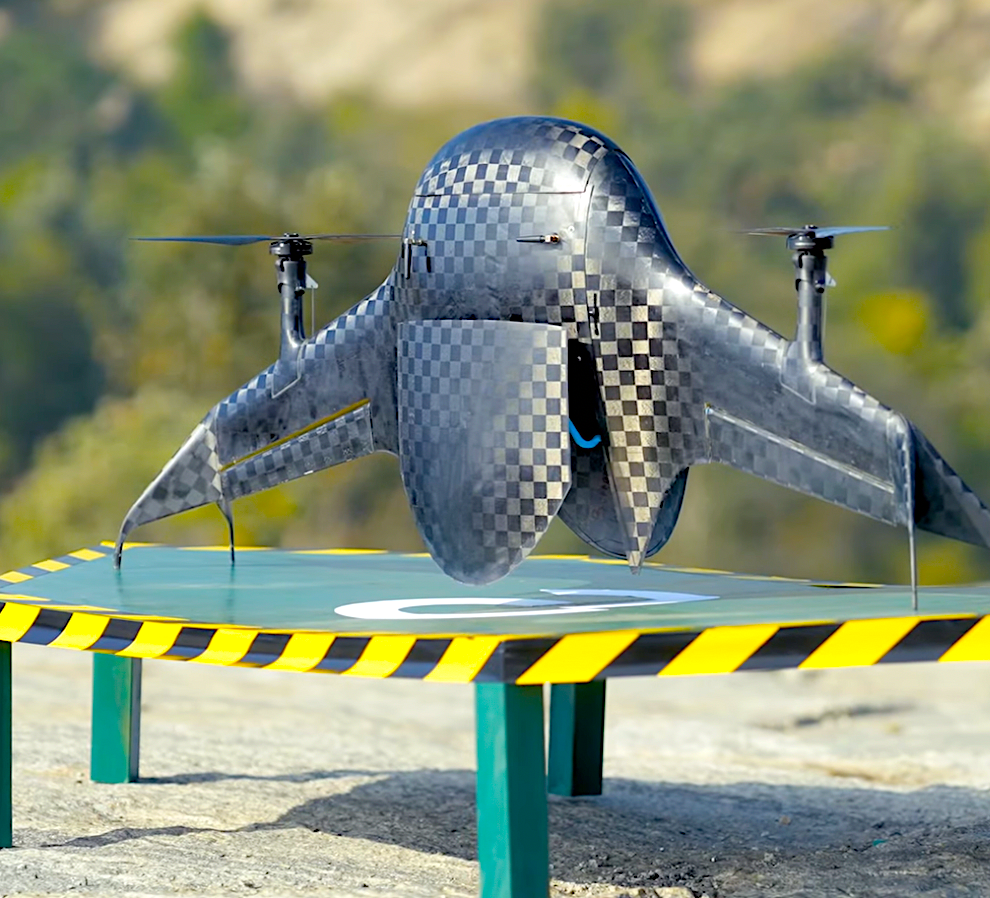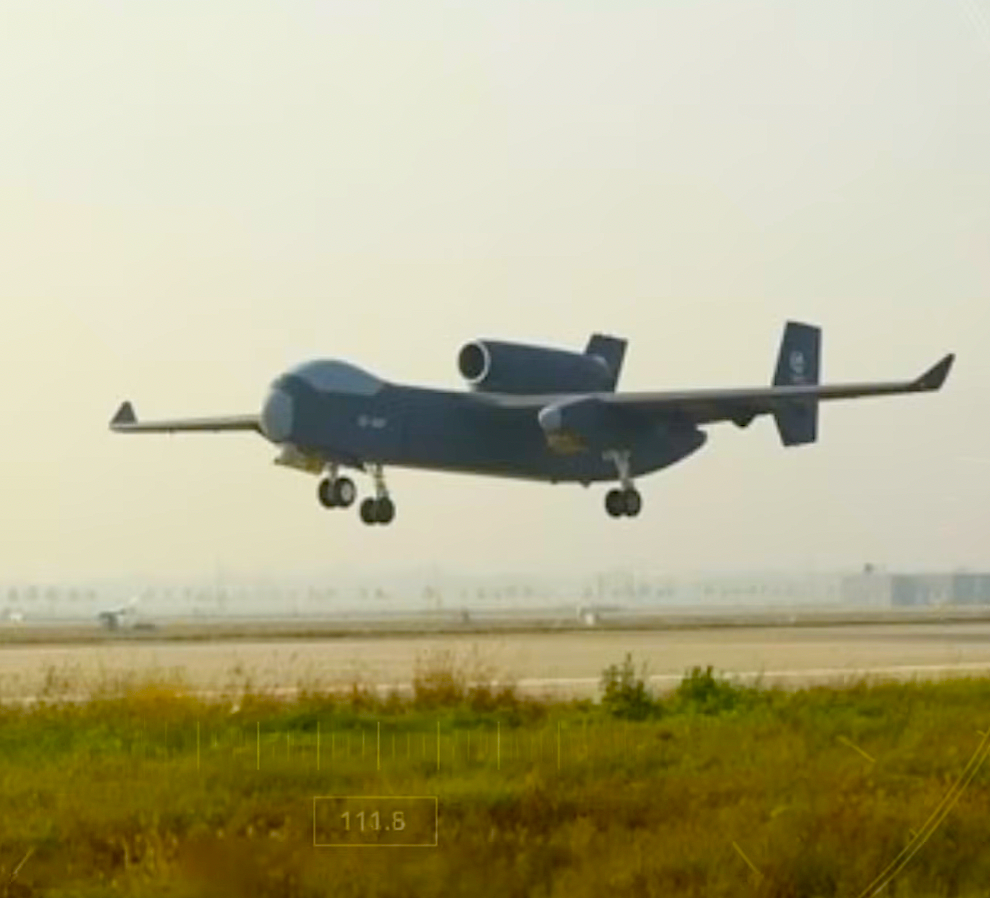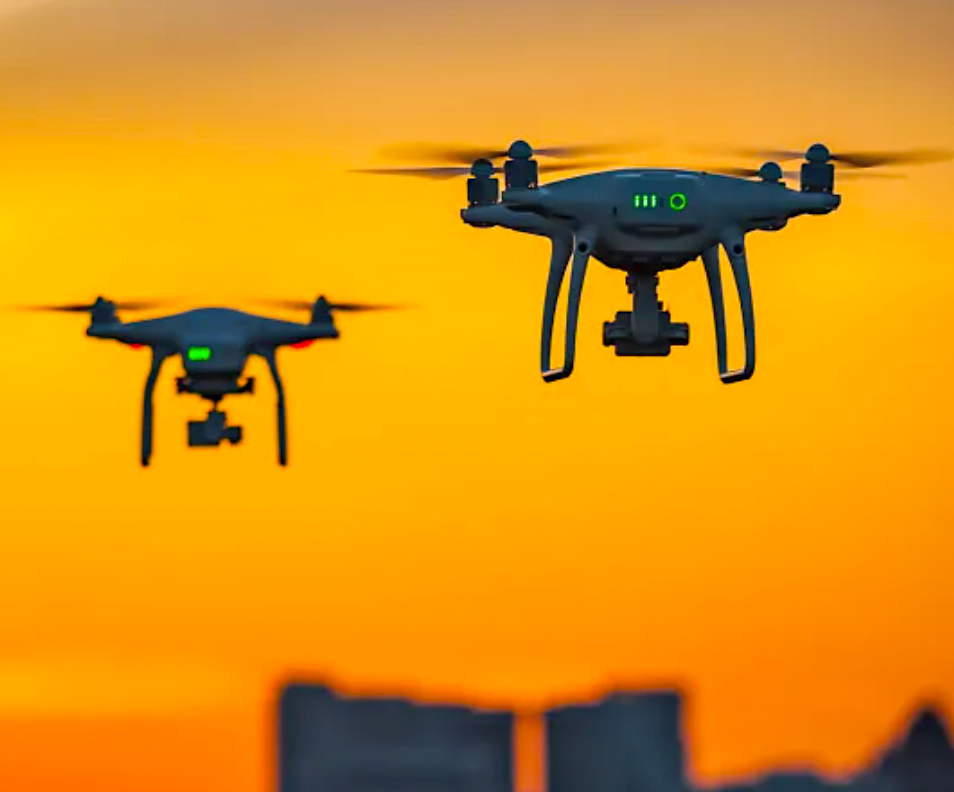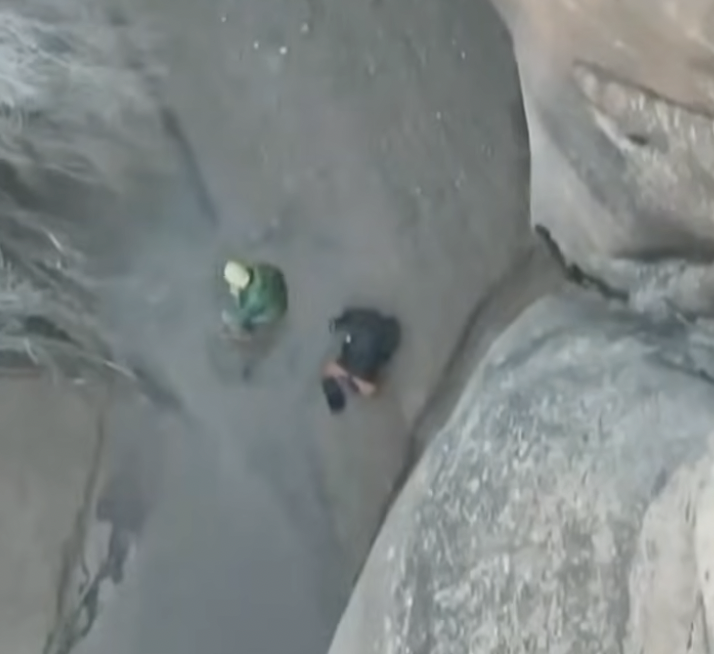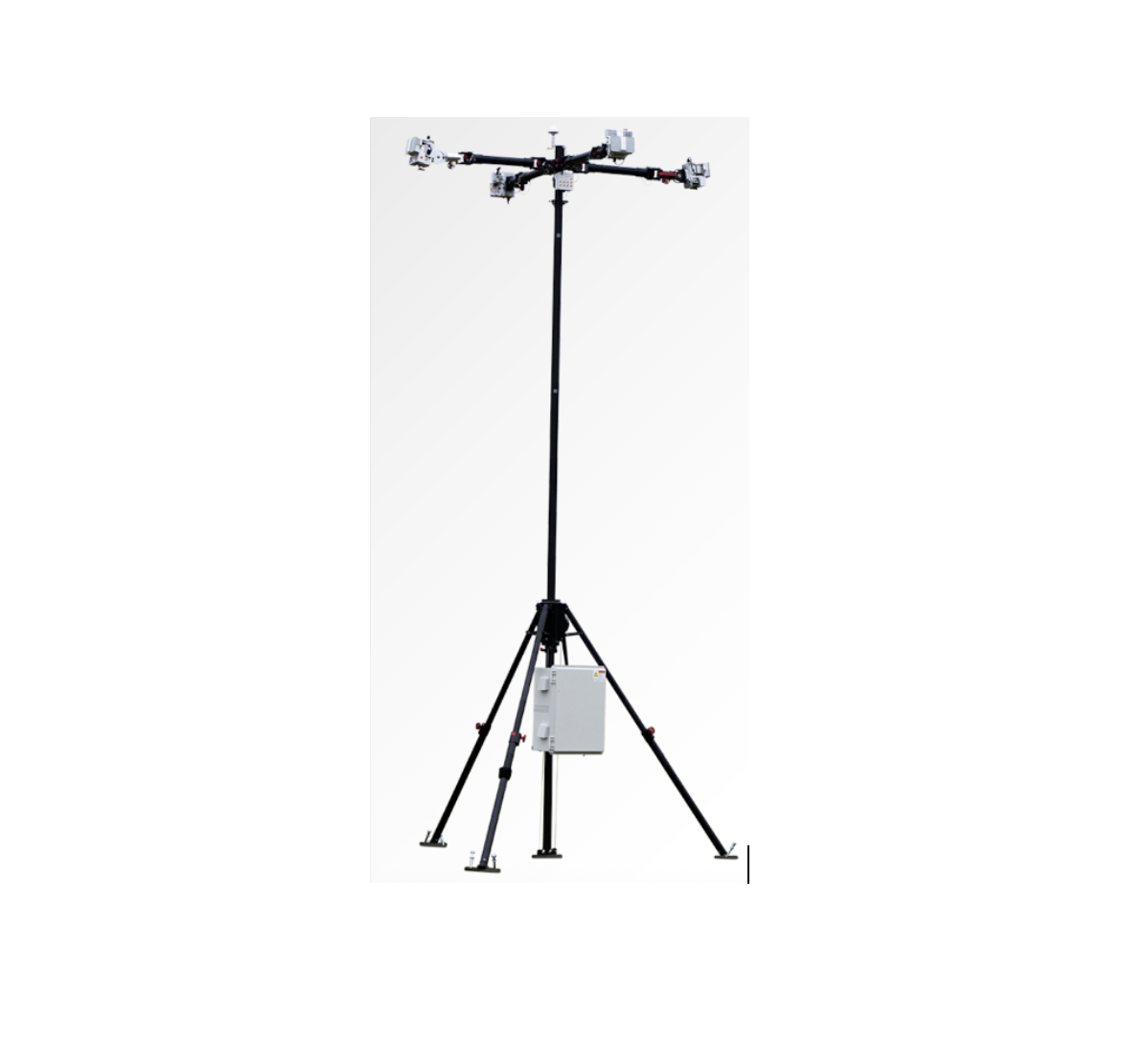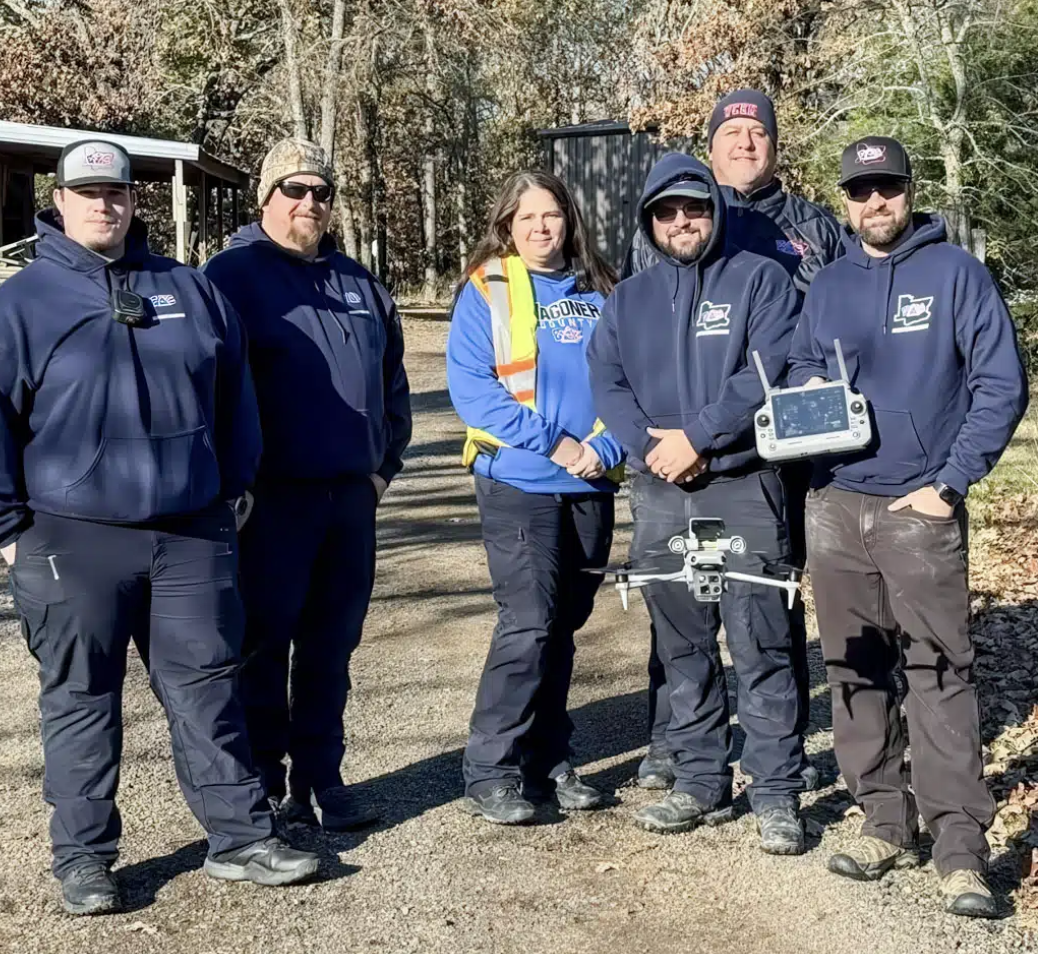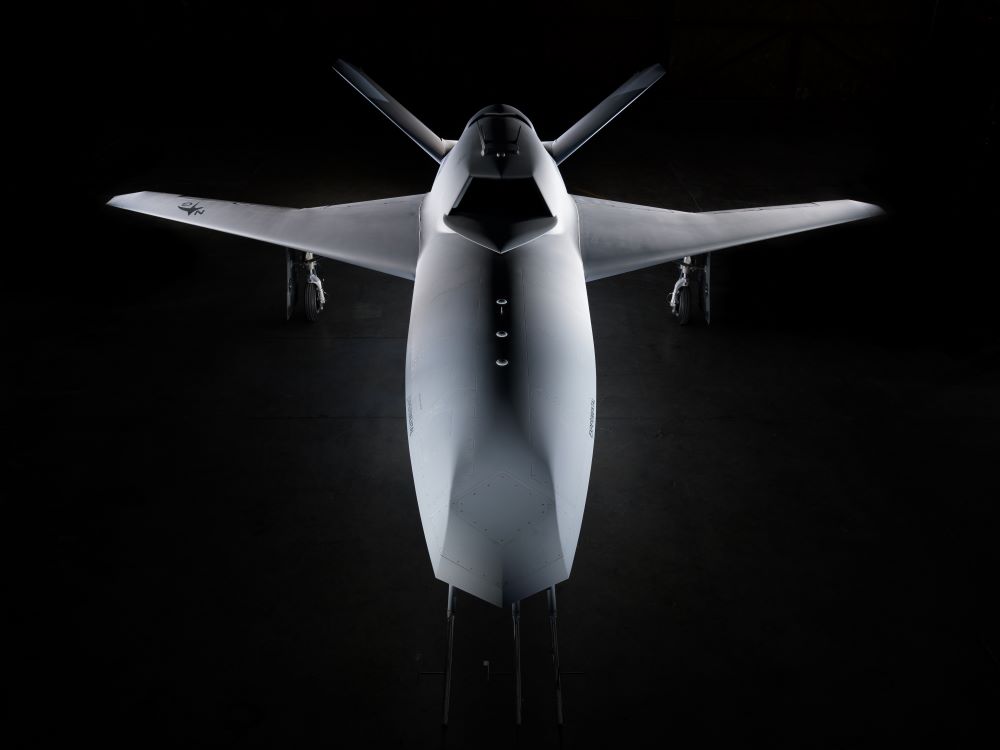Featured NewsTrending NewsJon McBrideWhat DJI Has Done To Elevate the Droning Community
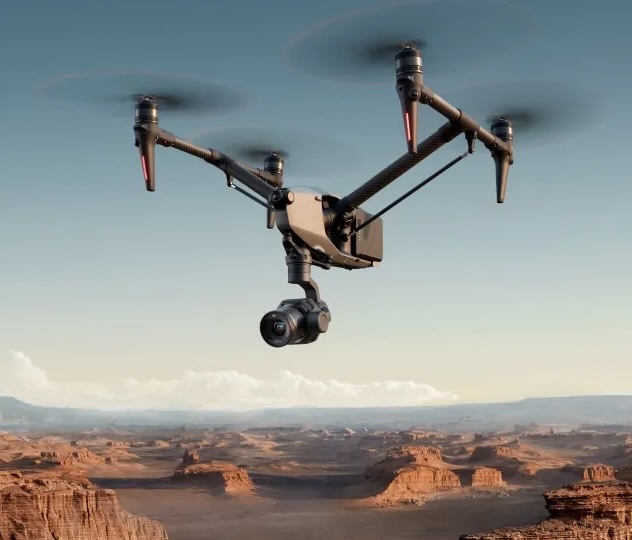
22 February 2024
By Jon McBride, Chairman, The Droning Company
Let's take a look at what DJI has done to push the ease of use, cost, and quality. While more than 25 global manufacturing companies have come and gone, what has made DJI the brand to buy?
I speak from my 23-year experience of utilizing radio-controlled equipment for military, commercial, and public-safety use cases—emphasizing the difficulty of creating products that could save time, money, and lives.
We can examine initial solution requests from these verticals to source from various manufacturers. I sourced parts and worked with many companies across the globe. Airframes from Taiwan and Germany, motors from Hong Kong, flight controllers from the U.S., gimbals from Vietnam, batteries from China, and remote controllers from Japan. Support equipment—such as chargers and FPV monitors—also needed to be considered.
Many of these companies did not offer the full solution. There were only a handful of non-military creators in the private sector who had the knowledge to engineer or design these solution requests.
In other words, it wasn't easy or affordable.
Myself and others enjoyed the idea of creating with the self-satisfaction of seeing what I had made making a difference—a disruptive way of doing things differently than the norm. There were true challenges. I was focused on hardware, and I had an understanding of sourcing to meet the needs of my builds, but I lacked software knowledge to fully integrate functions to make it easier for the end-user. I did not consider my work would become a new business. It was just something fun to do. It was a small operation, and I could not scale with the requests coming in.
Sourcing was my biggest challenge. A company might discontinue the battery I was using. Early gimbal designs were not capable of carrying the multitude of OEM cameras and lenses available—they were restricted to just one or two. Then, there were flight controllers. These amazing pieces of tech would relieve end users of needing the experience we hobbyists took years to develop. RC helicopters/airplanes were difficult to fly, and the earliest flight controllers were extremely expensive. Some U.S. models cost $25,000 or more. In turn, a typical build could cost up to $60,000— now you can spend around $500-$600, and get the same functionality or better.
DJI's Evolution
I have worked with many companies that didn't quite get it. Low costs, quality, availability, and ease-of-use were requested by consumers. These are what drove DJI to be a winner on all levels.
Their initial products—the ACEONE, Spreading Wings Series, Zenmuse Gimbals—were considered by me to require prosumer- or enterprise-level knowledge to operate and build. It wasn't until DJI made an easy-to-use, non-traditional RC toy that they put themselves on the map.
Were there mistakes made in the beginning? Of course. DJI did not have the best customer service. Distribution channels were a mess. The out-of-the-box experience was good, but mass sales to the basic consumer who had zero or limited knowledge of their new toy caused significant problems for those selling or supporting them—including the big-box stores.
But, as more products became available from DJI, they slowly created an ecosystem around their brand. Allowing Mobile SDK, Onboard SDK, Payload SDK, and third-party post-processing software opened up new possibilities for integration and creation within the drone community. This move not only empowered developers to enhance the function of DJI products, but it also fostered innovation across various industries.
The flexibility provided by these software-development kits not only facilitated customization for specific use cases, but also encouraged a collaborative approach to advancing drone technology. This ecosystem-building strategy played a crucial role in expanding the applicability of DJI drones, turning them into versatile tools capable of meeting diverse and evolving user needs
DJI's Unanticipated Impact
Unknown to DJI was the use of these consumer products in the public safety and private industries—which now had affordable tools to do their jobs safely. Inspection from a drone proved to be much more efficient than traditional methods.
However, these were made for the normal consumer. There were tools in the app that would track flights, thumbnails, and equipment under the user's name. I mean, who doesn't want to brag to their friends about their new toy and what they are doing with it?
Aware that these user applications don't align with those who don't want their data synced or stored somewhere, DJI started working with software companies on ways to help with the collection and processing of imagery. DJI understood the importance of data security and implemented their own way of securing it. No one told them to do it. DJI put in measures such as “Local Data Mode," which turned off the DJI app's ability to be connected to the Internet while in use. The company also allowed data to only be seen by DJI if the user consented to it—such as during troubleshooting operations or warranty claims.
DJI also instituted a “No Fly Zone” in their app. There are rumors on how this was added to their app, but my belief is the U.S. Government and the FAA were scared. DJI already had a foothold in consumer drone sales, and, in early 2015, a DJI drone piloted by a drunken user landed on the White House lawn at 3 am.
Later that year, with the possibility of “a million drones sold in the U.S.,” DJI created Fly Safe, marking Washington D.C. and many airports as no-lfy zones. More critical infrastructure sites were added, such as dams, power grids, U.S. military bases, and stadiums. Global implementation caused some authorized pilots to hate it, but DJI was one of only two drone companies to implement these security measures in their drones. The other drone manufacturer was Autel Robotics—which is a Chinese company.
No other U.S. or NATO-member drone manufacturers have done this.
Striking a Balance Between Cost, Innovation, and National Security
I have observed numerous companies endeavor to navigate the challenges of the ever-changing drone industry. Yet, despite the imposition of a 25-percent tariff passed on to end-users, DJI continues to offer more cost-effective solutions compared to available U.S. products.
The industry now stands at a critical juncture, requiring thoughtful consideration on how to address aspects such as engineering, supply chain, manufacturing locations, and software to better cater to U.S. drone users. The question of whether a legal mandate for "Made in USA" only products will materialize remains uncertain.
But we must refrain from using the country of origin—"Well, it's China"—as the sole reason to shut down DJI.
Instead, we need comprehensive guidance and standards for data-security applicable to all drone manufacturers.
Furthermore, directing financial resources towards the development of commercial-drone technologies, rather than military applications, is imperative.
It is crucial to acknowledge that DJI has not only pioneered drone development—it has also set a benchmark in the drone industry. DJI has established our industry's "Gold Standard." This standard—characterized by innovation, reliability, and functionality—has significantly influenced expectations for competitive alternatives, and shaped the trajectory of the entire drone market.
Learn More
Click here to sign The Drone Advocacy Alliance petition to let your representative know how you feel.
Read Part One: OPINION: THE ARGUMENT AGAINST BANNING CHINESE DRONES by The Droning Company CEO Stuart Smith.
Read Part Two: BACKGROUND AND LOBBYING EFFORTS AGAINST DJI by The Droning Company's Chris Fravel.
The Droning Company has recognized the political threat brewing in the United States that is possibly going to disastrously effect over 90% of the drone pilots in the country unless it is stopped and it is based on misinformation, fear mongering, greed, ignorance, shady backroom deals, and outright lies.
It is for this reason that Jon McBride, Stuart Smith, and Chris Fravel from The Droning Company have joined forces with Greg Reverdiau of Pilot Institute, Vic Moss of the Drone Service Providers Alliance to bring you a series of articles within their respective disciplines to shine a light on the problem and to let you know what steps, you personally, can do to help avert it.
Join us in the coming days to see what each of these well-respected experts and leaders have to say about this issue.

